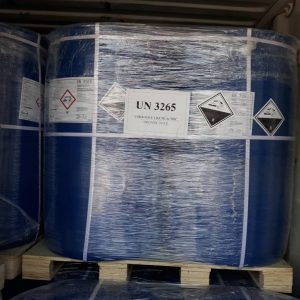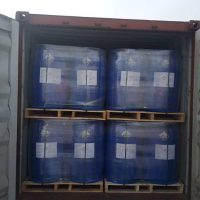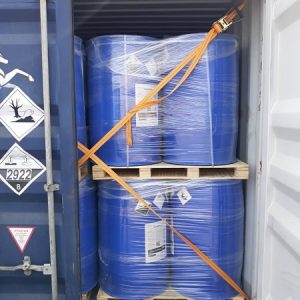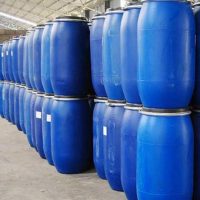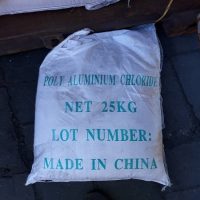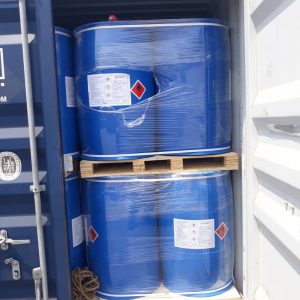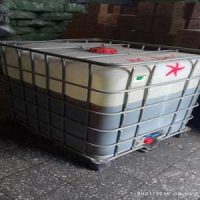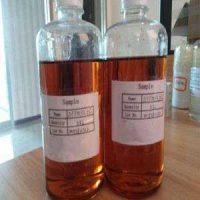3-methoxypropylamine (MOPA)
- CAS Number: 5332-73-0
- Appearance: Liquid
- Purity:99.6%
- Made in: China
- Phone Num : +86-2150591759
- E-mail: info@shanghaimetex.com
Downlead COA mopa
- Description
- Analysis
Description
3-Methoxypropylamine (MOPA) undergoes the usual reactions of primary amines and is completely soluble in water and organic solvents. This chemical compound is used in insecticide emulsions, dye solvents, textiles.

Physical and Chemical Properties:
3-methoxypropylamine also known as MOPA is a clear, colorless chemical in liquid form with an ammonia odor.it is Corrosives and Flammable. This substance is completely miscible in water and common organic solvents. It is commonly used in water treatment industries and also as a corrosion inhibitor.
The most important physical and chemical properties of this compound can be summarized in the following table:
| Chemical formula | C4H11NO |
| Molecular Weight(g/mol) | 89.14 |
| Appearance | Clear colorless to faintly colored liquid |
| odor | ammonia odor |
| Density (g/mL at 25 °C) | 0.874 |
| PH (100g/l, H2O at 20℃) | 11.5 |
| Melting point (° C) | -65 |
| Boiling point | 117-118 |
| Water Solubility | miscible |
| Solubility | soluble in organic solvents |
| vapor pressure (mm Hg at 30 °C) | 20 |
| Flashpoint (°F) | 73 |
| Viscosity (mPa) | 0.8 |
| Chemical Structure Depiction |  |
The Production of MOPA:
To prepare 3 methoxypropylamine, 3 methoxy propanol is used as raw material and Co / Al2O3 copper diatomite is used as a catalyst.
At a certain pressure and temperature, 3 methoxy propanol is mixed with ammonia gas and hydrogen. The mixture is preheated and evaporated and introduced into the reactor for reaction. After the reaction, the materials are subjected to compaction and cooling, the gas and liquid are separated, and then MOPA is produced as a product.
Methoxypropylamine Reactions:
- MOPA reacts with 2-carbamoylphenyl disulfides to produce substances that are used in limiting the growth of mildew fungi in alkyd and latex paints.
- By the reaction of 3-Methoxypropylamine and sodium hydroxide, a new useful material for paint removal is obtained.
Applications and Uses of MOPA:
- MOPA is used in insecticide emulsions, dye solvents, textiles. It has been used in the production of dyes, polybutadiene-based isocyanates, and polyamide resins.
- Modification of aluminum surfaces and their alloys has been done with dilute solutions of this material and it has been reported that this material improves the adhesion of coatings that are applied later.
- In water treatment industries MOPA reacts with acrylonitrile polymers to produce polyelectrolytes, which are soluble in water and hence, find applications as flocculating agents.

- This substance is used in the production of amino soaps. These soaps are used for the production of synthetic and natural resins and dispersions and wax emulsions.
- MOPA is also used as an organic intermediate, emulsifier in anionic coatings and wax formulations.
Safety Information:
- Flammable liquid and vapor
- Inhalation may cause severe irritation to the respiratory tract with a sore throat, -coughing labored breathing, and possibly pulmonary edema.
- May cause severe and permanent damage to the digestive tract.
- Causes severe skin burns and serious eye damage.
- Harmful to aquatic life.
First-aid measures:
Eye Contact: In case of contact with eyes, immediately flush the eyes with plenty of water.
Skin Contact: Remove this material from the skin with plenty of soap and water.
Inhalation: Remove to fresh air immediately. If not breathing, give artificial respiration.
Ingestion: Do not induce vomiting. Get medical aid immediately. Call a poison control center.
Packing and Storage:
Store in a cool, dry, well-ventilated area away from incompatible substances.
Analysis



